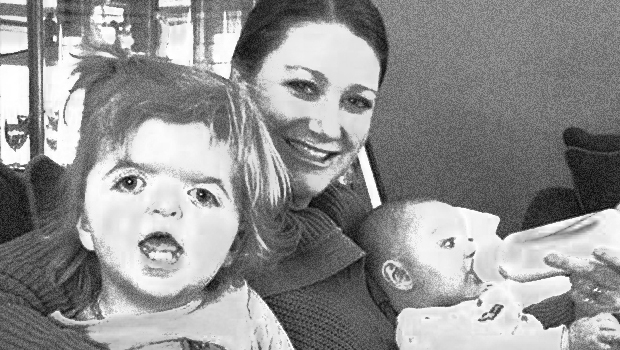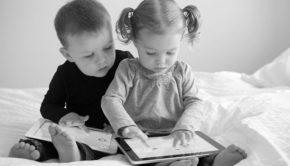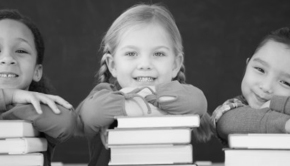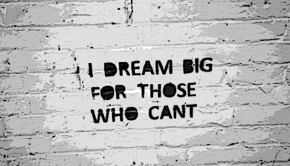How to respond to my disabled daughter
Essential Kids
Mary Cate Lynch sat in her mother’s arms before a class of fifth-graders at Oriole Park Elementary School. The 2-year-old can’t speak many words yet. But she has mastered a bit of sign language.
“Mary Cate, what’s your favorite sign?” asked her mother.
The blond-haired, blue-eyed child twisted a finger to her cheek and made the sign for – what else? – candy.
That made the fifth-graders in the classroom laugh.
It was a sweet moment of connection between the students and the little girl who – born with a rare genetic disorder that resulted in deformities in her hands, feet and face – has become a pint-sized ambassador for kindness. What began more than a year ago, with another child’s unkind words on a neighborhood playground, has since become a mother-daughter crusade.
Over the past six months, the girl and her mum, Kerry Lynch, have visited more than two dozen schools and summer camps across America in an effort to help children see that Mary Cate is more than just how she looks.
The Lynch family’s very personal campaign has gotten a big boost from the surging popularity of the middle-grade book Wonder, written by R.J. Palacio. Since its publication in February 2012, the book has become a sensation, selling more than 1.5 million copies, building a dedicated fan base of children and adults and, so far, spending more than 80 weeks on The New York Times best-seller list.
Written in part from the perspective of a fifth-grader who has a facial deformity, Wonder has inspired an anti-bullying campaign called Choose Kind and prompted tens of thousands of children to take a pledge to be compassionate toward others. It also has made the Lynch family sought-after speakers on the local elementary school circuit. They are booking dates into 2015.
Kerry Lynch said she has been humbled by the requests that have poured in from schools. What’s more, she and her husband, Chris, say they feel a responsibility to help parents teach their children about differences.
“If you don’t have a family member or a friend who has a disability, it can be a hard thing to try to explain,” said Kerry Lynch, 33. She maintains a blog and a Facebook page, My Mary Cate, and encourages other families to use the pictures posted there as a teaching tool.
“I tell people to use the pictures of Mary Cate’s hands and feet to show how she’s different,” she said. “But also show pictures of her coloring, playing tea party and doing gymnastics so kids can see that she’s more alike than she is different.”
The sky was blue and the sun was shining on a beautiful day in March 2013 when Kerry and Mary Cate ventured to a park a few blocks from their home in Chicago’s Beverly neighborhood.
Kerry was pushing Mary Cate in a swing when a little boy playing nearby blurted out: “What’s wrong with that baby’s face?”
Before Kerry could respond, the boy’s mother – clearly mortified – whisked him out of the park.
All day long, the incident bothered Kerry. She knew children would ask questions. She felt it was important to answer those questions honestly. More than anything she had wanted to follow the boy’s mother to tell her that it was all right and to introduce Mary Cate.
She posted a description of the incident on Facebook and was stunned to receive a flood of messages in response. Someone suggested that she bring Mary Cate for a visit to the neighborhood school. The students all lived nearby and were likely to encounter Mary Cate.
What better way to make an introduction?
Read more of How to respond to my disabled daughter >>
Learn more about the kids book Wonder and other Children’s Books dealing with adversity for ages 9-12 >>








